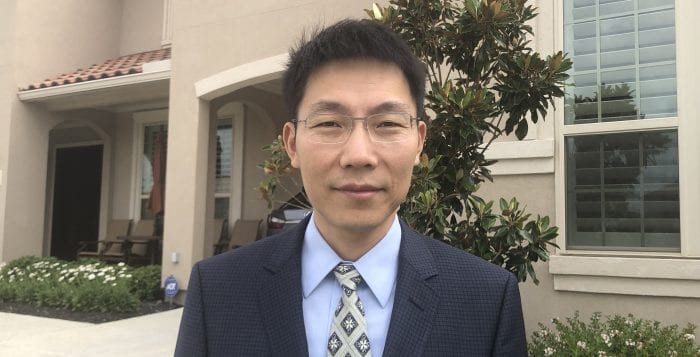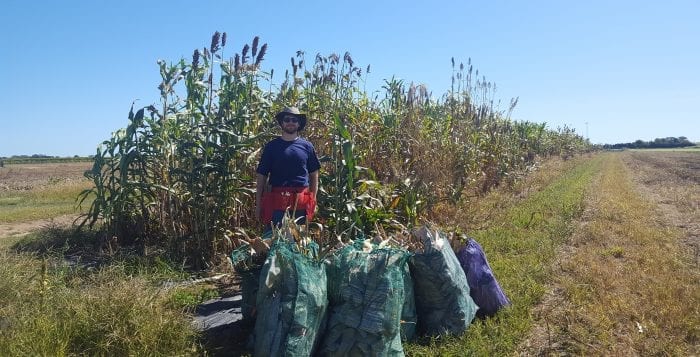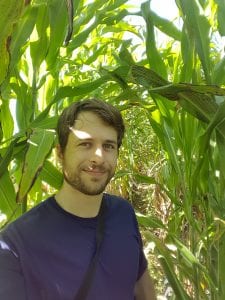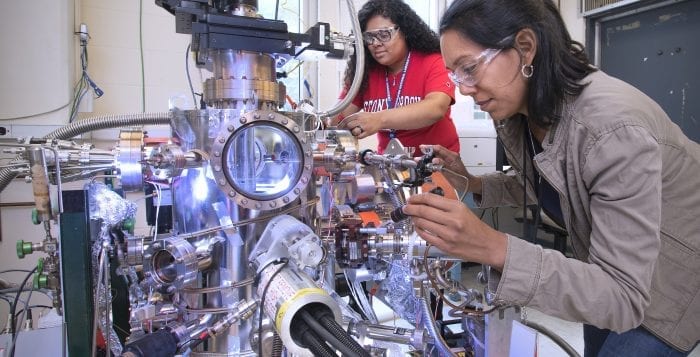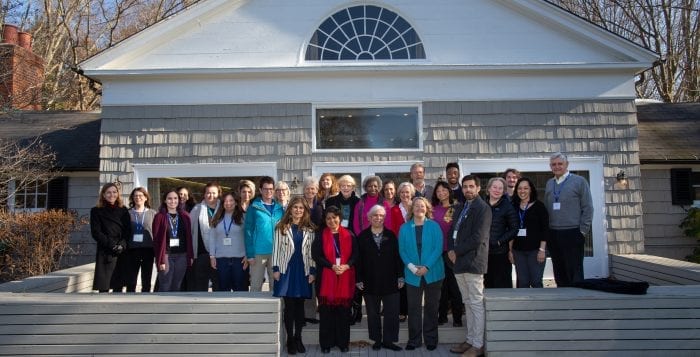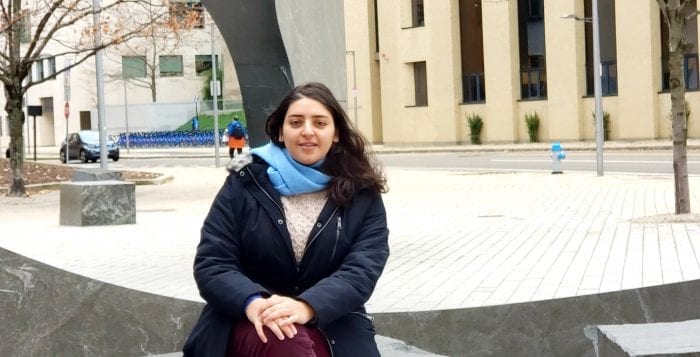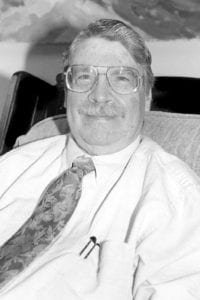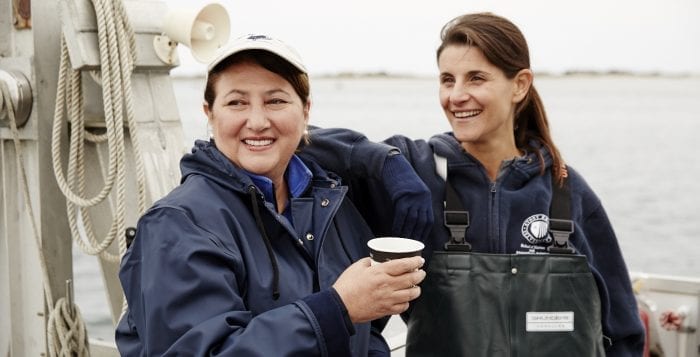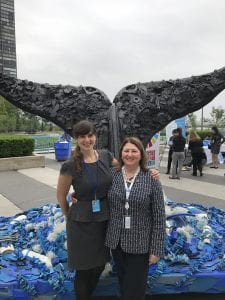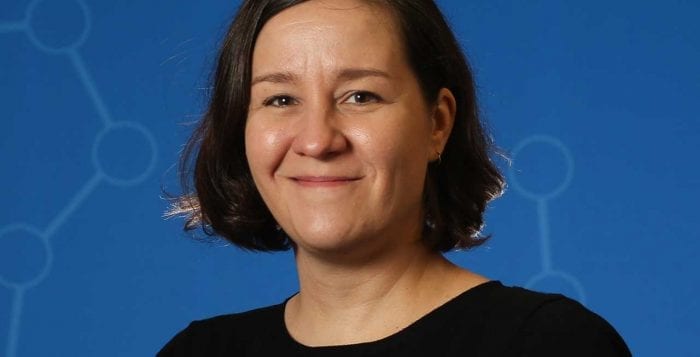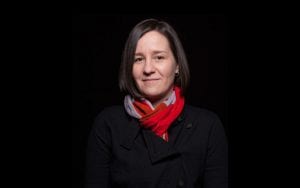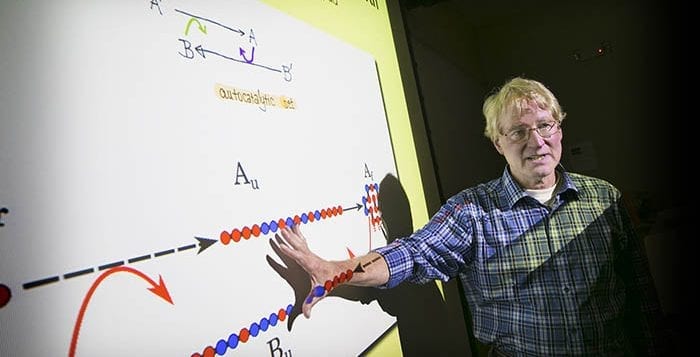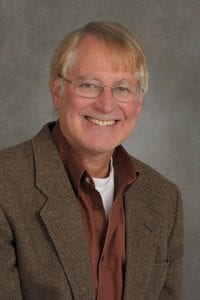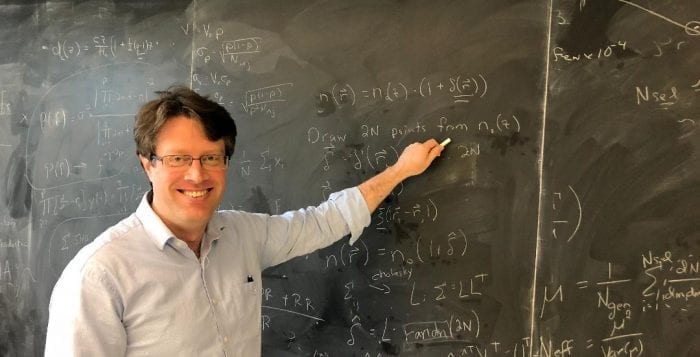By Daniel Dunaief
About 5 percent of people who suffer from Alzheimer’s disease have a genetic mutation that likely contributed to a condition that causes cognitive declines.
That means the vast majority of people with Alzheimer’s have other risk factors.
Donghui Zhu, an associate professor of biomedical engineering in the Institute for Engineering-Driven Medicine who joined Stony Brook University this summer, believes that age-related decline in the presence of the element magnesium in the brain may exacerbate or contribute to Alzheimer’s.
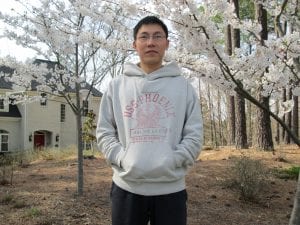
The National Institutes of Health believes the former associate professor at the University of North Texas may be on the right track, awarding Zhu $3.5 million in funding. Zhu believes magnesium helps prevent the loss of neurons, in part because of the connection between this element, inflammation and the development of Alzheimer’s.
Numerous other factors may also contribute to the development of Alzheimer’s. Diabetes, lifestyle, a specific sleep cycle and low exercise levels may all play a role in leading to cognitive declines associated with Alzheimer’s, Zhu said.
According to some prior research, people with Alzheimer’s have a lower level of free magnesium in their body and in their serum levels than people who don’t suffer from this disease, he added.
In the short term, he aspires to try to link the magnesium deficiency to neuronal inflammation and Alzheimer’s disease.
Zhu plans to use some of the funds from the grant, which will run for the next five years, on animal models of Alzheimer’s. If his study shows that a lower level of magnesium contributes to inflammation and the condition, he would like to add magnesium back to their systems. Magnesium acts as an antioxidant and an anti-inflammatory agent.
“If we supply a sufficient amount of magnesium, can we slow down or reverse the process of this disease?” Zhu asked. “We hope it would.”
Any potential cognitive improvement in animal models might offer a promising alternative to current treatments, which often only have limited to moderate effects on patient symptoms.
In the longer term, Zhu would like to contribute to an understanding of why Alzheimer’s disease develops in the first place. Knowing that would lead to other alternative treatments as well.
“I don’t think my group or we alone can solve this puzzle,” he said. “We are all trying to chip in so the scientific community can have an answer or solution for the public.”
Like people with many other diseases or disorders, any two people with an Alzheimer’s diagnosis don’t necessarily have the same causes or type of the progressive disorder.
Women represent two-thirds of the Alzheimer’s population. Zhu said this isn’t linked to the longer life span for women, but may be more of a by-product of the change in female hormones over time.
In his research, he plans to study female and male animal models separately, as he looks to understand how the causes and progression of the disease may differ by gender.
In the human population, scientists have linked drug addiction or alcoholism with a higher risk of developing Alzheimer’s. He plans to perform additional studies of this connection as well.
“It’s the consensus in the community that alcohol addiction will increase the risk of developing Alzheimer’s disease,” Zhu said. People who consume considerable alcohol have reduced blood flow to the brain that can endanger or threaten the survival of blood vessels.
“This is another topic of interest to us,” he added.
Zhu is collaborating with other experts in drug addiction studies to explore the link with Alzheimer’s.
In his research, he hopes to link his background in biology and engineering to tackle a range of translational problems.
Stefan Judex, a professor and interim chair in the Department of Biomedical Engineering at Stony Brook, is excited about the potential for Zhu’s work.
Zhu is “a fast rising star in the field of biomaterials and fills a gap in our department and the university,” Judex explained in an email. “He is well-equipped to apply his unique research skills to a number of diseases, ultimately aiding in preventing and treating those conditions.”
In addition to his work on Alzheimer’s, Zhu also pursues studies in several other areas, including nano-biomaterials, biodegradable or bio-resorbable materials, regenerative medicine for cardiovascular and orthopedic applications, and drug delivery device and platforms
During his doctoral studies and training at the University of Missouri in Columbia, he focused on dementia and neuron science, while his postdoctoral research at the University of Rochester involved engineering, where he did considerable work on tissue engineering and biomaterials.
Zhu decided he had the right training and experience to do both, which is how he picked up on tissue engineering, regenerative medicine and neuroscience.
“They are not totally exclusive to each other,” he said. “There are many common theories or technologies, methods and models we can share.”
Adults don’t generate or create new neurons. He hopes in the future that an engineering approach may help to reconnect neurons that may have lost their interaction with their neighbors, in part through small magnesium wires that can “help guide their reconnection,” which is, he said, a typical example of how to use biomaterials to promote neuro-regeneration.
In his lab, he works on the intersection between engineering and medicine. The interdisciplinary and translational nature of the research attracted him to the new Institute for Engineering-Driven Medicine at Stony Brook.
He described Stony Brook as the “total package for me” because it has a medical school and hospital, as well as an engineering department and entrepreneurial support.
He has already filed numerous patents and would like to form start-up companies to apply his research.
Judex wrote that he is “incredibly pleased and proud that Dr. Zhu joined” Stony Brook and that it is “incredible that he received this large grant within the first few months since his start.”
In his career, Zhu would like to contribute to new treatments.
“Some day,” he said, he hopes to “put a real product on the market.”

